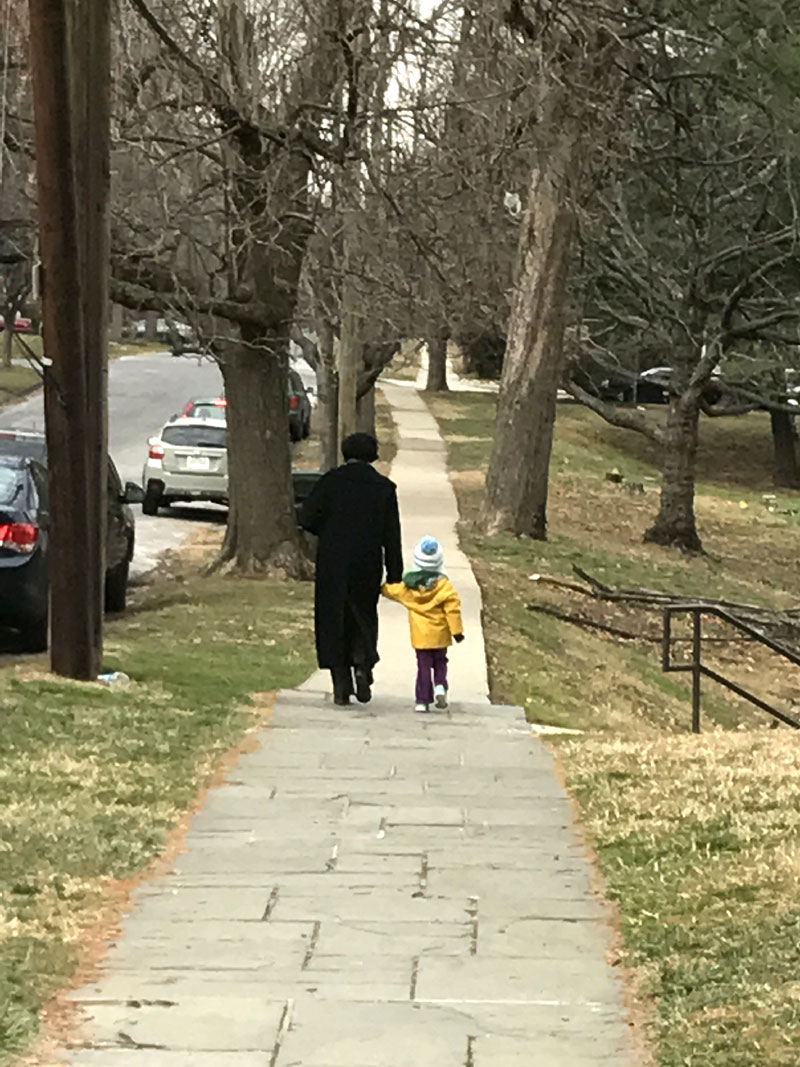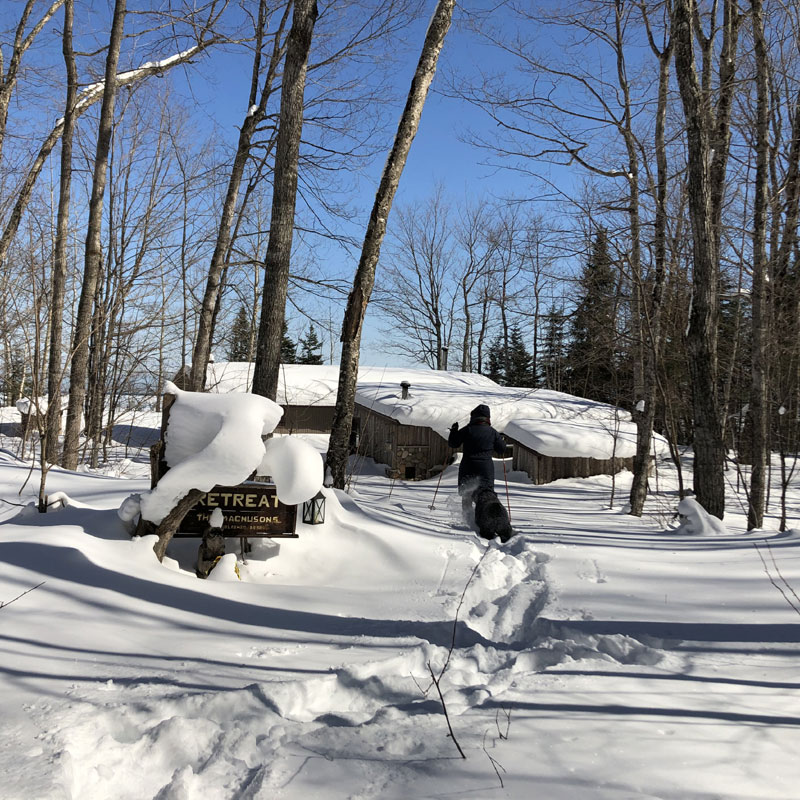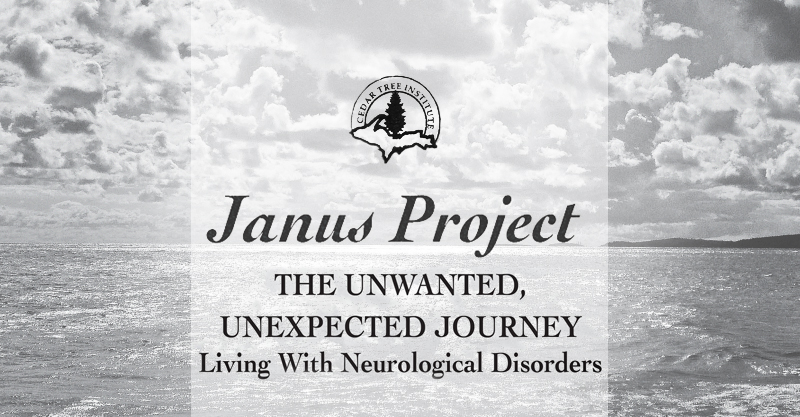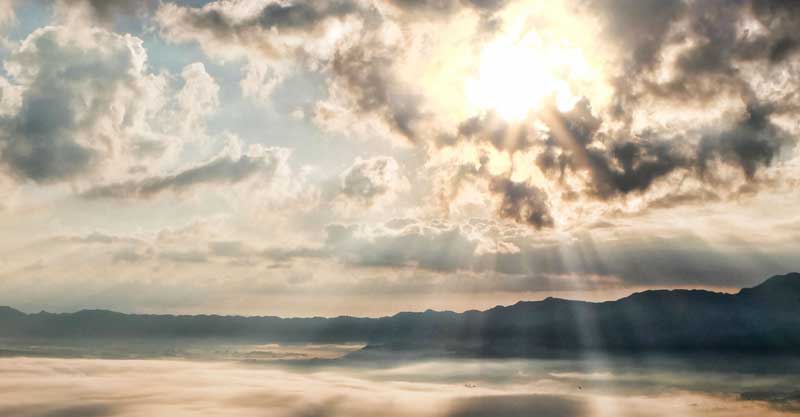*This article, written by the Cedar Tree Director, was published in the Marquette Monthly December, 2019
The Secret of a Grateful Heart
“All the time, while I go pitying myself, I am being carried across the sky by a Great Wind.”
–Ojibway traditional prayer
A lonely corridor of forest, sleet and overcast horizon shaped this morning’s drive West on Highway 41. Winter winds are arriving here in northern Michigan. Thin blankets of snow cover backcountry roads. Outside the car’s windshield, The Great Mother, framed by trees now barren of leaves, is turning, once again, her belly into earth cold as iron.
This Saturday morning I’m seated in the Zeba Community Center at a public workshop sponsored by Anishinaabe tribal leaders. They’ve offered a public invitation to gain some knowledge about teachings on the use of tobacco in ceremonies, how it is to be respected and honored when used as a thanks offering in traditional Native American (Ojibwa) cultural practices. We’re a small, mismatched group, 20 or so tribal members and a couple of nonnative guests, gathered in a circle overlooking Keweenaw Bay.
There’s no shortage of irony here. The five federally recognized American Indian tribes of the Upper Peninsula have endured generations of federal and state policies that have minimized and neglected provisions of treaty rights established more than a century ago. These historical legal agreements, social experiments with descendants of the First Peoples of this land, continue to remain fragile ones. On Indian reservations across North America, serious public health concerns, economic pressures, and encroaching state and federal initiatives continue to impede efforts to build healthy community life and insure protection of what’s left of original treaty lands. Now, on this edge of Lake Superior shoreline, contaminated by stamp sands from long-ago abandoned copper mines, we’re exploring thousand-year-old rituals on how to be grateful.
At first glance, it appears puzzling that workshops like this one, focusing on practices of thanksgiving and gratitude, arise in rural social settings where fragmented ethnic communities face such complicated economic and social challenges. But then perhaps not. There is a strong probability that authentic attitudes of thanksgiving, at their most basic level, are likely born from accumulated experiences of scarcity and hardship.
DYNAMICS OF A GRATEFUL HEART
As a framework in reflecting on what makes for generosity, let’s take a look on what social sciences, religious traditions, and psychological research inform us about giving thanks.
We can begin by acknowledging agreement, a general consensus, that being grateful – feeling appreciation, and expressing thanks -reflects a lasting, beneficial quality for the human condition. We know, for instance, that it’s a vital ingredient in healthy relationships and also serves as an important cornerstone to building a resilient, sustainable community. Having said that, we know a grateful spirit doesn’t come easy.
David Steindl-Rast, a Benedictine monk, suggests two components are essential for a grateful spirit. The first appears obvious: We need to recognize and appreciate something that is of personal value to us. The second is more challenging to comprehend, even harder to accept, especially for the majority of us who live with degrees of entitlement: It’s that whatever gift or valued item, condition, or relationship is offered us, it is given freely. We have no control over the gift’s appearance or sudden presence. And here’s exactly the rub. “I earned my way, I paid for it, I deserve it,” doesn’t actually have a place in the real lexicon of authentic thanksgiving.
Teachers of wisdom, along with psychologists and philosophers, offer further insight. They recognize that from a real spirit of thanksgiving comes a natural outpouring of kindness, compassion, and an impulse to “return the favor,” to engage in some kind of “no-strings attached” service. Here’s where it gets interesting. Enlightening, perhaps, but disconcerting.
Those who have spent time in leadership positions for spiritual communities, sooner or later, bump into a surprising discovery, one quietly known by experienced fund-raisers and long recognized by leaders in faith traditions: That there is, in fact, no relationship between economic status or income and generosity. We need to revisit the conventional spin about high profile foundations and the importance of big donors. Here’s the facts. The New York Times recently reminded its readers that in 2018 the top 20% of income earners in our country give an average of 3.4% of their income to charitable causes. The bottom 20% gave an average of 6.3%.
Research into this counter-intuitive phenomenon suggests the main reason for this difference is those lowest on the income ladder understand the importance of taking care of one another. Those with greater income security focus on protecting and preserving what they have accumulated. Being grateful is a deeply personal, often private attitude and here’s the real kicker: Accordingly to the Philanthropy Roundtable, individuals donate four times the total amount of what the Gates, Ford, and Walton Foundations plus all U.S. –based corporations give away in any given year.

THE EARTH’S LESSON
The workshop this morning highlights the use of tobacco in Anishinaabe (Ojibway) ceremonies. This specific traditional spiritual practice is intended to serve as an invitation into living with deeper levels of gratitude. A long-standing value among traditional Native peoples in North America remains the sharing of gifts. Many traditional elders and teachers say that such practices are based not on only a cultural but a spiritual understanding of the world. Because that relationship is precarious one, practices of gratitude are essential. Thankfulness practice probably finds it deepest roots in living close to the natural world, developing dependence on weather, water, wildlife, plants. There is the idea that if one lives in harmony, in humbleness with the earth, you will experience abundance. There will be enough for everyone.
In my own experience I have reviewed studies that have confirmed a similar connection, a reciprocal relationship with nature that defines stewardship practices, specifically in my own religious denominational life. Studies have shown, in respect to generosity, both financially and interpersonally, those from faith communities based in small farming communities are, generally, much more generous and supportive to others in times of need than their urban counterparts.
Greg Johnson, an elder from the Lac du Flambeau Reservation and his daughter Adora Nawageic serve today as workshop facilitators. They remind listeners that tobacco (assema) is a gift to the world, having originated first in both North and South America. It has long been regarded by the woodland Native peoples as one of “Four Medicines” and was originally intended never to be used as a recreational substance. For hundreds of years, as still practiced today, dry tobacco with a carefully prepared combination of bark and herbs (kinnikinnick) is used as a ceremonial offering before harvesting plants. Tobacco is also offered as a sign of gratitude when asking an elder or spiritual leader to share traditional teachings.
Documents confirm that, across the Continent, traditional Indian tobacco was used in pipe ceremonies to seal over 350 Treaties in the 18th and 19th Centuries. Tobacco continues to be used today in sweat lodge ceremonies, at traditional funerals, and regularly applied for hunting and fishing rituals. Outside Sturgis, South Dakota, when one hikes up the trail to Bear Butte, a sacred questing site for traditional Lakota people, the more observant visitor will notice tobacco ties (small 1” round bags of kinnikinnick wrapped in cloth) hanging from tree limbs. These are signs of respect and thanksgiving to the Creator Spirit, left by traditional Native American pilgrims during vision quests.
Living in today’s mainstream, free-market consumer culture, it’s convenient and tempting to reduce all human transactions to commercial transactions. Workshops like this one remind us we do so at our own peril. A reductionist, narrow economic understanding of human community contributes to the “haves and have not” mentality that feeds anger, resentment, and competition. To choose to live in a “gift-giving culture” means that not everyone or everything is for sale.
It takes courage along a good dose of trust to choose such a path. We exist here in America in a market economy where financial transactions are essential for us on many different levels. But if we choose to live grounded more in “a world of gifts and thanksgiving,” your life will change. There will be a possibility to discover a freedom and human dignity that gold or silver will ever be able to buy. Practices and rituals of thanksgiving invite us, over and over again, to ponder such a possibility. Alongside traditional Native American rituals using tobacco, there are other streams of practice and knowledge, closer than we think, in our own neighborhoods, pointing to this same phenomenon.
Aldous Huxley, the respected English writer and philosopher, once remarked that Alcoholic Anonymous will historically be regarded as the greatest spiritual movement of the 20th Century. Those of us familiar with this healing tradition, or have family members and friends involved, know that the First and Second steps are the foundation of what AA members refer to as the 12-step Journey. The First Step is to acknowledge that you are not in control of your addiction. The Second Step is to turn one’s self over to a higher power. That practice of giving thanks, of practicing gratitude, serves for its followers as the core key to the power of healing. Real gratitude, not obligatory gestures of giving thanks, is a mark of recovery and healing for followers of AA. It’s what the Navaho, Native American neighbors of the Ojibwas, call the “Beauty Way.”

PRACTICES AND RITUALS
Developing a practice of giving thanks carries an invitation into a deep, engaging way of living. Periodic fasting (choosing to go without food), or occasional visits to new places, serve to remind us to be grateful for where we live, the value of our relationship, and the importance of close friendships. Experiencing Illness, attending funerals are other pathways. Making sure we go for walks in the rain and snow are ways to keep alert, developing greater appreciation for shelter, food, and warmth. Other “on-the-ground” practices include putting occasional “Stop” signs in your day-to-day routines. This is the opportunity to pause, look around, breathe, and give thanks.
Oprah Winfrey has a well-publicized practice of closing each day with a prayerful moment, reflecting on the gifts (she chooses to call them “blessings”) that one has experienced in the previous 24 hours. That daily habit has been shown, in selected studies, to be equal (and superior, in some cases) to the impact a variety of antidepressants.

A TOBACCO OFFERING
Our workshop will soon be breaking for lunch. Together, participants are in the midst of preparing mixtures of red willow, yarrow, bearberry and tobacco for ceremonial use. The day is unfolding in a gentle, informal way. There’s plenty of laughter and informal dialogue, mixed with a promise of wild rice soup for lunch.
I take a brief moment and return to my Jeep Cherokee parked at a corner of a lot outside the community center. Next to the driver’s seat, I’ve brought with me a small deerskin bag from my days as a pastor in Mackinac County where, long ago, I served two small rural churches. Like many congregations here in the Upper Peninsula, they now find themselves unable to support any full time clergy. I walk over to a nearby grove of trees and scatter a small pinch of tobacco in thanks for the years serving there.
I kneel on the forest floor, and recall a conversation from over a dozen years ago in the Sangre de Cristo Mountains at a Benedictine monastery, northeast of Santa Fe. I was in private dialogue with a retired mission worker who had spent most of his professional life in South America. I reflected with him about my work with the hospice community and how frequently, at the end of life’s journey for many, I noticed a settling of sorts, a deep gratitude enveloping family, hospice staff, and the individual whose life was coming to an end.
He chose to share with me the circumstances of his mother’s death years before. Watching his mother’s life slowly ebb away, he asked her if she carried any fear of what was to come. I remember his response. He told me she looked up from her bed and said these words: “My life has been a marvelous gift. Now, day by day, hour by hour, I’m simply offering it back from where it came.”
–
Jon Magnuson
The Cedar Tree Institute
The writer is Director of The Cedar Tree Institute, a nonprofit organization, based in Michigan, that initiates projects and provides services in the areas of mental health, religion, and the environment.




